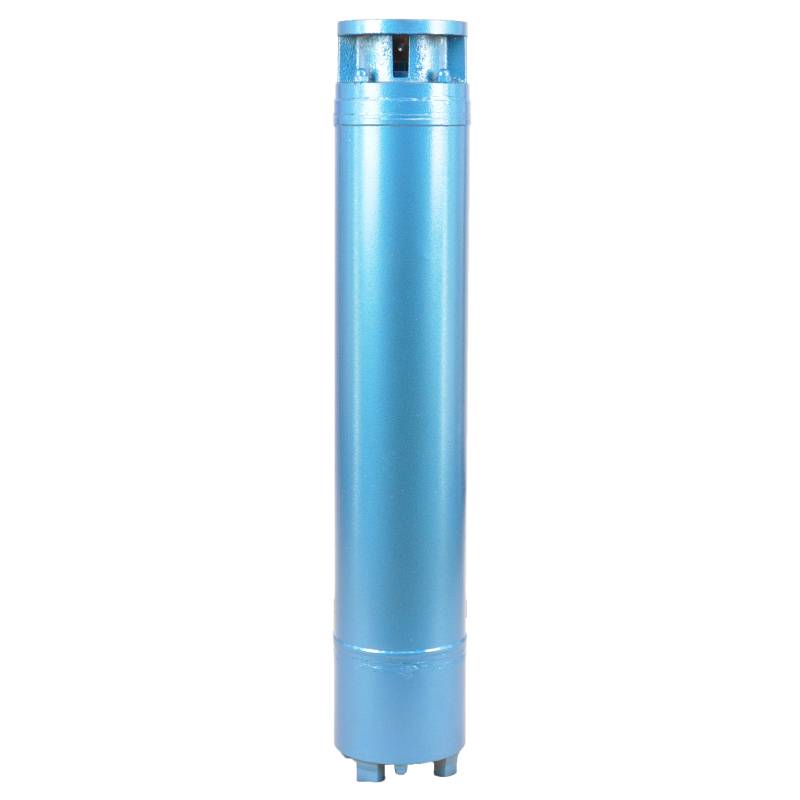Dec . 03, 2024 17:41 Back to list
Efficient Solutions for Submersible Sewage Pumps in Wastewater Management Systems
Understanding Submersible Sewer Pumps A Vital Component of Wastewater Management
Submersible sewer pumps play a crucial role in modern wastewater systems, ensuring that sewage and wastewater are efficiently moved from lower to higher elevations, particularly in areas where gravity drainage is insufficient. As urbanization continues to rise, so does the importance of effective sewage management solutions. This article delves into the functions, benefits, and applications of submersible sewer pumps.
What is a Submersible Sewer Pump?
A submersible sewer pump is a type of pump designed to be submerged in the sewage or wastewater it is intended to transport. Unlike standard centrifugal pumps that operate above ground, submersible pumps are placed directly in the fluid, allowing them to push wastewater to the surface and onward into treatment systems. This unique design enables them to handle solids and debris within the sewage effectively, preventing clogging and ensuring smooth operation.
Key Components
Typically, a submersible sewer pump consists of several essential components
1. Motor The motor is hermetically sealed to prevent water ingress and is often equipped with a cooling mechanism. This allows the pump to operate efficiently while submerged.
2. Impeller The impeller is the rotating component responsible for moving the fluid. Depending on the design, impellers can handle a range of solid sizes, making them suitable for various wastewater contexts.
3. Pump Housing The housing encases the motor and impeller, providing protection and durability against harsh environments.
4. Discharge Pipe This component directs the pumped wastewater away from the pump outlet to the desired location, whether that be to a sewer line or a treatment facility.
5. Check Valve This prevents backflow once the wastewater has been pumped, ensuring efficient operation.
Benefits of Submersible Sewer Pumps
submersible sewer pump

1. Space Efficiency Submersible pumps are designed to be compact and can be installed in smaller spaces compared to traditional pumps. This is particularly beneficial for urban areas where space is at a premium.
2. Reduced Noise Levels Since these pumps operate underwater, they generate significantly less noise than above-ground pumps, contributing to a quieter urban environment.
3. High Efficiency Submersible pumps are energy-efficient, often leading to lower operational costs. Their ability to handle solids without clogging a system reduces downtime and maintenance, further optimizing costs.
4. Flexibility These pumps can be used in various applications, including residential, commercial, and industrial settings. They are suitable for both temporary setups during construction and permanent installations in sewage systems.
Applications
Submersible sewer pumps are used extensively in diverse contexts
- Residential Wastewater Systems They are vital for homes situated below the main sewer line, allowing homeowners to efficiently manage wastewater.
- Municipal Sewage Systems Cities employ these pumps to move sewage from lower elevations to wastewater treatment plants.
- Stormwater Management They are also used in stormwater pumping stations to manage excess water during heavy rainfall or flooding situations.
- Sump Pumps Submersible pumps are common in sump pump systems designed to prevent flooding in basements and other low-lying areas.
Conclusion
As urban areas expand and the demand for efficient wastewater management systems increases, submersible sewer pumps will remain essential. Their ability to handle sewage effectively, operate quietly, and occupy less space makes them indispensable in both residential and municipal applications. Understanding their functions and benefits helps stakeholders—ranging from homeowners to city planners—make informed decisions about wastewater management, ultimately contributing to cleaner cities and healthier communities. Proper selection, installation, and maintenance of submersible sewer pumps will ensure a sustainable approach to handling one of society's most critical challenges waste management.
-
Submersible Water Pump: The Efficient 'Power Pioneer' of the Underwater World
NewsJul.01,2025
-
Submersible Pond Pump: The Hidden Guardian of Water Landscape Ecology
NewsJul.01,2025
-
Stainless Well Pump: A Reliable and Durable Pumping Main Force
NewsJul.01,2025
-
Stainless Steel Submersible Pump: An Efficient and Versatile Tool for Underwater Operations
NewsJul.01,2025
-
Deep Well Submersible Pump: An Efficient 'Sucker' of Groundwater Sources
NewsJul.01,2025
-
Deep Water Well Pump: An Efficient 'Sucker' of Groundwater Sources
NewsJul.01,2025
-
 Submersible Water Pump: The Efficient 'Power Pioneer' of the Underwater WorldIn the field of hydraulic equipment, the Submersible Water Pump has become the core equipment for underwater operations and water resource transportation due to its unique design and excellent performance.Detail
Submersible Water Pump: The Efficient 'Power Pioneer' of the Underwater WorldIn the field of hydraulic equipment, the Submersible Water Pump has become the core equipment for underwater operations and water resource transportation due to its unique design and excellent performance.Detail -
 Submersible Pond Pump: The Hidden Guardian of Water Landscape EcologyIn courtyard landscapes, ecological ponds, and even small-scale water conservancy projects, there is a silent yet indispensable equipment - the Submersible Pond Pump.Detail
Submersible Pond Pump: The Hidden Guardian of Water Landscape EcologyIn courtyard landscapes, ecological ponds, and even small-scale water conservancy projects, there is a silent yet indispensable equipment - the Submersible Pond Pump.Detail -
 Stainless Well Pump: A Reliable and Durable Pumping Main ForceIn the field of water resource transportation, Stainless Well Pump has become the core equipment for various pumping scenarios with its excellent performance and reliable quality.Detail
Stainless Well Pump: A Reliable and Durable Pumping Main ForceIn the field of water resource transportation, Stainless Well Pump has become the core equipment for various pumping scenarios with its excellent performance and reliable quality.Detail
